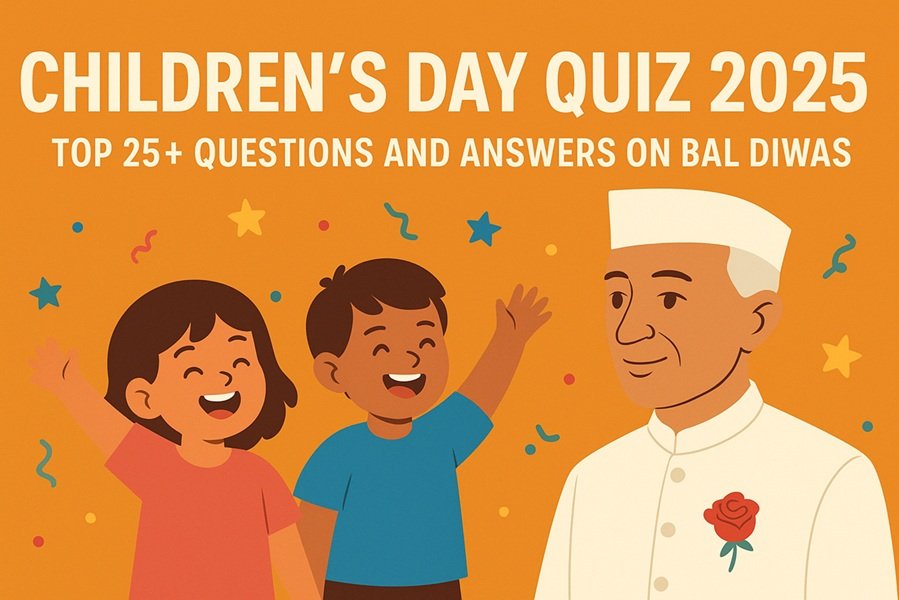
India–Pakistan Military Escalation (May 2025): What began as targeted strikes has quickly grown into widespread hostilities. Civilians suffer, airspace tightens, and both sides prepare for further action. Is war next?
In a region long known for its delicate balance and historical rivalry, South Asia is once again on edge. Since May 7, 2025, military tensions between India and Pakistan have surged dangerously high, drawing the attention of global powers and prompting urgent diplomatic interventions. What began as surgical strikes and border exchanges has now evolved into sustained military engagements with signs that this could be more than just another round of skirmishes—it may be the prelude to a full-scale war.
Operation Sindoor: India’s Calculated Response
The spark for the current escalation was “Operation Sindoor,” launched by India on May 7, targeting terror infrastructure deep within Pakistani territory. According to Indian defense sources, the operation focused on locations in Bahawalpur and Muridke—long believed to harbor leaders of extremist groups such as Lashkar-e-Taiba and Jaish-e-Mohammed.
India justified the strikes as precise and intelligence-driven, not aimed at Pakistan’s military or civilians, but at dismantling camps responsible for orchestrating repeated cross-border terror attacks. New Delhi claimed the objective was deterrence, not escalation.
However, deterrence soon gave way to retaliation.
Pakistan’s Retaliation: Operation Bunyan-un-Marsoos
Within 48 hours, Pakistan launched Operation Bunyan-un-Marsoos—a retaliatory strike involving drone swarms and missile attacks on Indian military installations in Pathankot and Udhampur. Pakistan’s Ministry of Defence framed the response as “measured but firm,” though India accused Islamabad of indiscriminate targeting and violations of airspace.
The tit-for-tat strikes quickly snowballed. Artillery fire intensified along the Line of Control (LoC), and there have been reports of limited incursions and aerial confrontations. While both sides claim to have exercised “restraint,” the intensity of firepower tells another story.
Explore this cracked wall operation: “Pakistan’s Operation “Bunyan Marsoos” — A Hollow Joke? How India Exposed the Cracks in Their ‘Solid Structure’“
Civilians Caught in the Crossfire
The human cost is already mounting. Over 50 confirmed deaths and dozens injured have been reported from both sides, many of them civilians. Thousands in border regions have been evacuated, with schools shut down and entire towns under blackout orders. Satellite imagery shows extensive damage to infrastructure on both sides of the LoC.
India has placed over two dozen airports in North India on high alert or temporary closure. Major events, including IPL matches, have been suspended, signaling the severity of the situation. Pakistani airspace has also been restricted for civilian aircraft, and military assets are on standby.
Is War Inevitable?
The scale and speed of these military actions suggest a pattern not seen since the Balakot strikes of 2019. But what’s different this time is the intensity of operations on both sides, their unapologetic tone, and the absence of backchannel de-escalation.
Analysts fear that if another high-profile terror attack occurs—or if a military asset suffers heavy damage—public pressure in both countries could push leaderships toward a full-scale confrontation. With national elections looming in India and a military-dominated regime in Pakistan facing internal instability, the temptation to project strength is dangerously high.
Global Concern and Diplomatic Pressure
The international community is watching closely. The United States has expressed “deep concern,” while the G7, China, and the United Nations have all called for immediate de-escalation. Several countries, including the U.S. and UK, have updated their travel advisories, warning citizens to avoid the India-Pakistan border and parts of northern Pakistan altogether.
Despite these warnings, diplomatic progress has been minimal. India insists that cross-border terrorism must be addressed before any dialogue resumes, while Pakistan denies all charges of supporting militant groups and blames India for “regional aggression.”
The Ticking Clock
Both India and Pakistan are nuclear-armed nations. Any miscalculation—whether a downed fighter jet, a border incursion gone wrong, or another terror incident—could turn a contained conflict into an irreversible war.
At this point, the world isn’t asking if tensions will escalate—it’s asking when, and how far they will go. If cooler heads don’t prevail soon, South Asia may be on the verge of its most dangerous chapter in decades.



